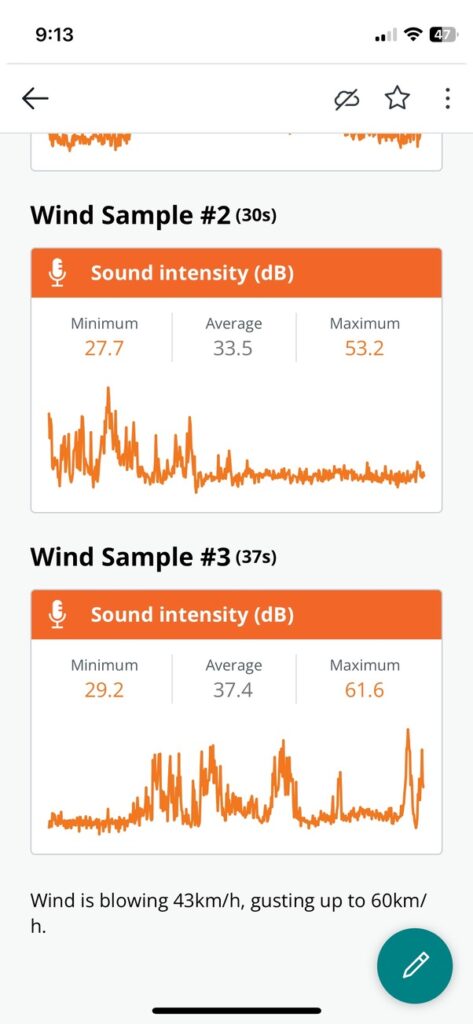Arduino Science Journal
Here is the science project I completed during the “Bomb Cyclone” event. I took three samples over the course of the night, monitoring the amount of noise (in decibels) the wind made as it blew through the cracks by my window.
Here is a PDF view of my project that I completed using the Arduino Science journal app.
Here is another view of the same info, presented in picture format.


At a high school level, cell phones are highly useful and accessible tools, but are rarely used for those reasons in class. With younger students, there should not be cell phones or tablets in the classroom. From kindergarten to grade 3, students conduct very little research, and what little online work they can do can be provided by the school in the form of Chromebooks or iPads.
Although not too many second or third-grade students have cell phones, I fully support their restriction. I liked the limitations of devices outside of instructional hours, as stated in BC’s guidelines. Removing device use from schools outside of structured class time helps disincentivize uses in the class, or even decrease bringing devices to school.
I think that the science journal is highly applicable to every age. Notice how I said any age. I think that activities could be made for students from K-12 with this app, but I also believe that many people outside of high school and much beyond that could enjoy it as well. For younger audiences, you may have to be the primary user of the app and simplify the data given to the students. For older students, getting them to use the app to start giving them an idea of the scientific process could be highly useful. One use of Arduino Science that stood out to me in particular was the earthquake test. Participants from and grade or age could enjoy this activity, and I believe a very substantial lesson could be built around analyzing both the physical and online aspects of this task.